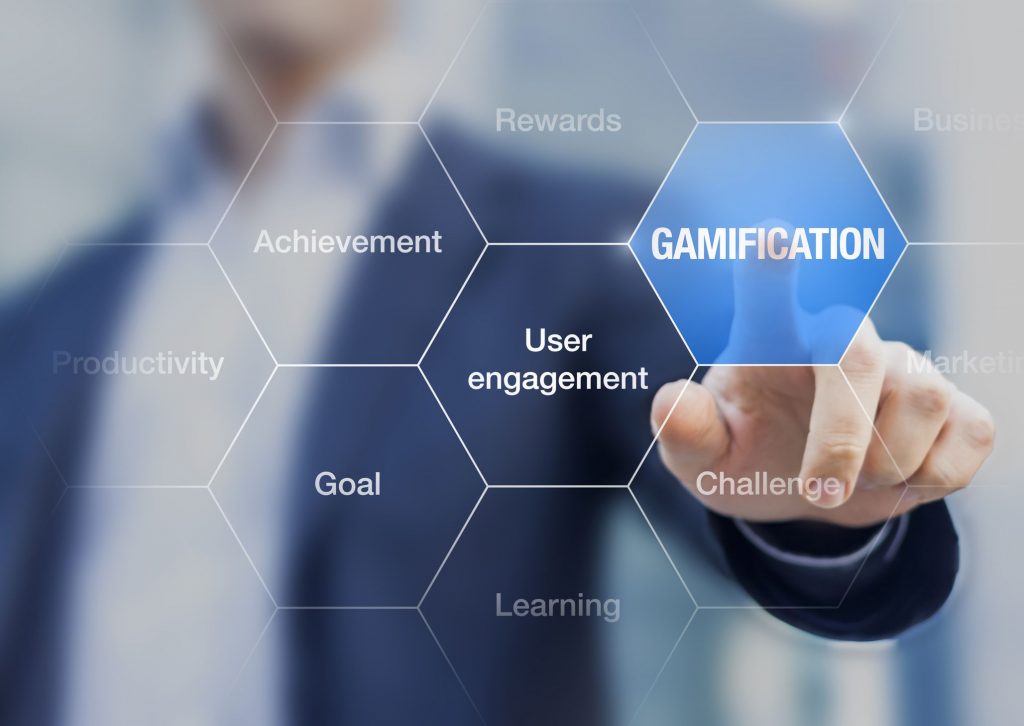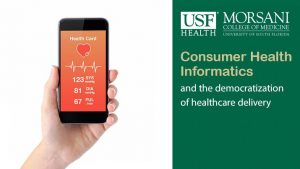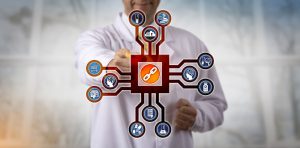Gamification is the use of game elements – such as competition and scoring – to encourage more engagement, effort and loyalty in tasks not normally associated with games.
It’s becoming a hot trend in healthcare and health informatics. The hope is that games can help produce better patient outcomes and improve staff training.
Gamification operates on a simple principle: people perform better when a situation is turned into a game and rewards are earned for “playing” well. It’s been used in education to help students achieve better grades and in marketing to get customers engaged with a product.
A report from Research N Reports projects the global gamification market to hit $4.2 billion by 2022.
How Gamification Works
Gamification can simplify tasks and make them more enjoyable. Games can help with training employees by awarding points or prizes depending on a person’s score. They earn better scores by successfully completing a section of the training.
Done properly, gamification allows employees to learn important processes in a way that provides context and gives them a sense of meaningful work.
Patients get rewards for hitting certain goals (burned calories, for example, or the number of steps they take). The more steps they achieve and the better their health improves, the higher the points.
That outlines how gamification works. But why does it work?
Why People Like Games
According to the Games for Europe organization, games over time makes learning something or changing a habit more valuable. Jurriaan van Rijswijk, Chairman of the non-profit foundation, said in an interview that many people underestimate the need for motivation and loyalty to the subject of change. Games can help establish the value of a new habit quickly, leading people to stay loyal to it by committing time and effort.
Different people are motivated by different things. But depending on the design, games can motivate people through:
- Socializing as part of a community
- Competition
- Getting rewards for hitting marks
- Measuring small successes
- Simply making tasks more fun
The Mayo Clinic notes that player agency is at the heart of all games. People having the ability to make their own decisions is an important aspect in getting them engaged. Game flow also is important. The best designed games lead to players who become completely absorbed.
The best games lead to a situation where a “player is deeply engaged by a challenge and learning, but not overly frustrated or anxious, nor overcome with boredom,” according to the Mayo Clinic.
Analytics of Gamification
Clearly, designing good games is key for success. But so is deciding what data should be included in a game and finding ways to measure the game’s success.
By collecting and measuring data, informatics teams can determine if gamification led to the hoped-for knowledge gain for employees or changes in behavior for patients.
The analytics work breaks down into three main areas, according to Inteliment.
Determining user impact– Data analysis can determine what factors impact behavior. Designers then use these metrics to create user profiles, rules and the best possible set of challenges.
Understanding performance metrics– The data generated by games provides many chances for analysis. Data can show game usage by user groups or individuals. It can measure which groups or individuals achieved success and look for common trends. This type of analysis leads to improvements in gamification.
Monitoring progress– Administrators can monitor every aspect of a game. This includes game logic and operational issues. The goal is to provide users the best experience possible. Analytics also helps administrators work better with users, identifying areas where they need to do better to achieve a higher score.
Gamification in Healthcare
There already are examples of gamification in healthcare in terms of patient outcomes. That’s important considering healthcare continues to move into an outcome-based model for paying medical professionals.
Apple, for example, awards badges to Apple Watch or iPhone owners who accomplish goals like going on a hike, cycling or burning a certain number of calories. Apple also has a program that helps people monitor their sleep patterns.
Fitbit offers devices to track health data with the slogan “know yourself to improve yourself.” Perhaps most impressive is SuperBetter, a game designed to build personal resilience. Or, as the SuperBetter site describes it, the ability to stay “strong, motivated, and optimistic even in the face of difficult challenges.”
After testing SuperBetter impact, a study published by the National Institutes of Health found that “smartphone-based/internet-based self-help may play an important role in treating depression.” Another found that games improved mood and decreased anxiety among teenagers in rehabilitation.
Some hospitals have put gamification into action. Blue Shield California offers a wellness program via social media that rewards participants with points and badges. Mango Health in San Francisco offers a free service to help people better manage their healthcare through games.
The Massachusetts Digital Games Institute is working on games for healthcare that improve patient treatment compliance, education, and wellness.
Games are in the mix as part of a digital, informatics-led future in healthcare. While still in its early stages, the possibilities for both patient outcomes and improving healthcare service are too big for healthcare not to explore the possibilities.




